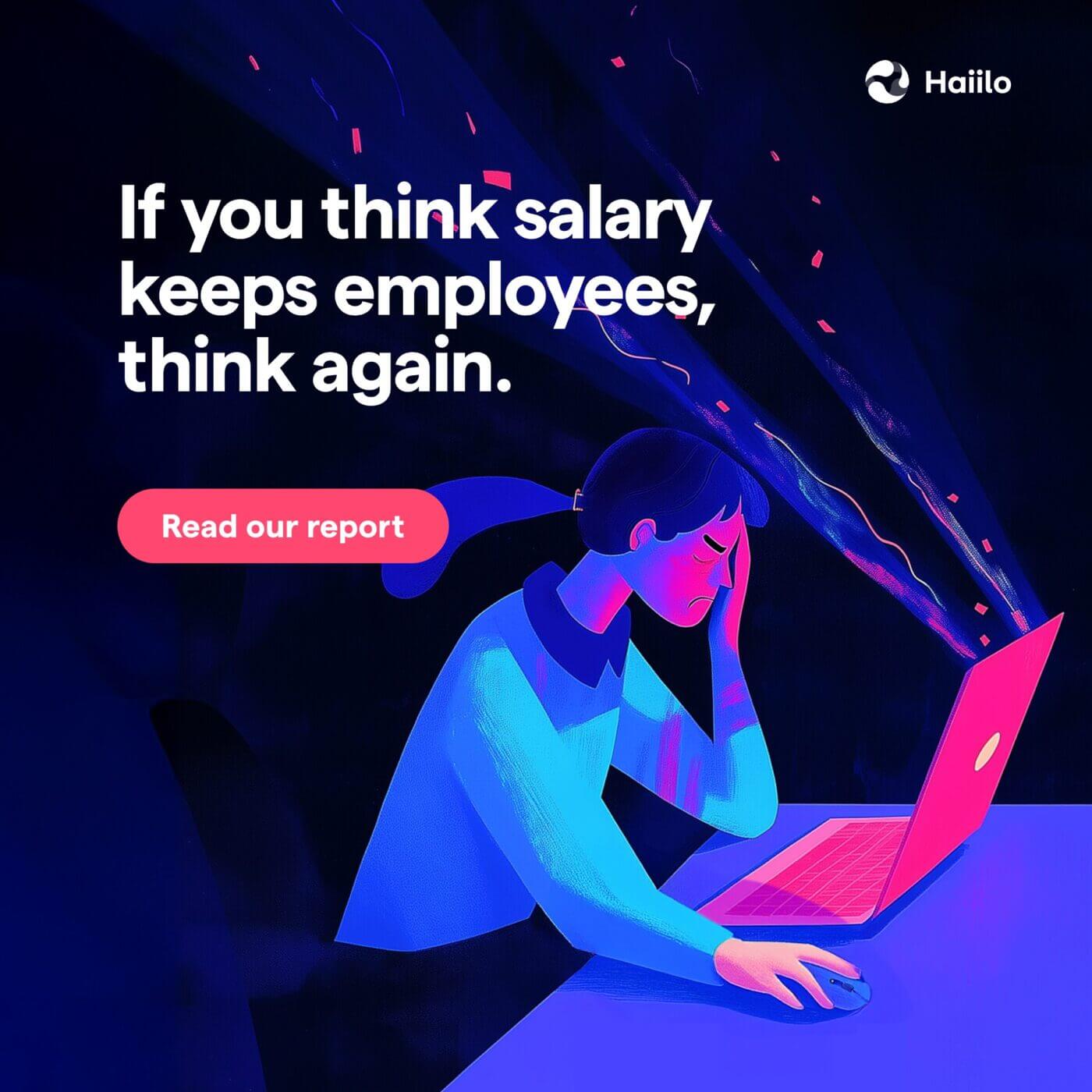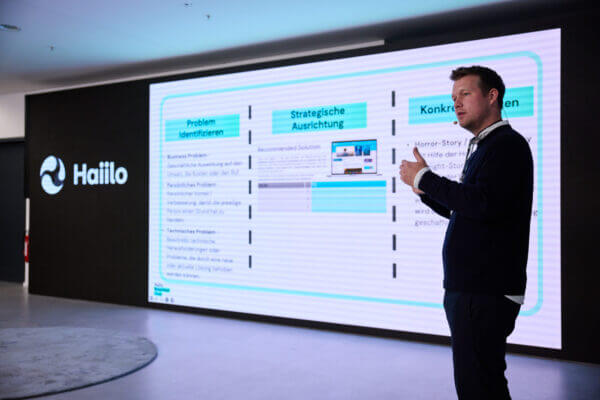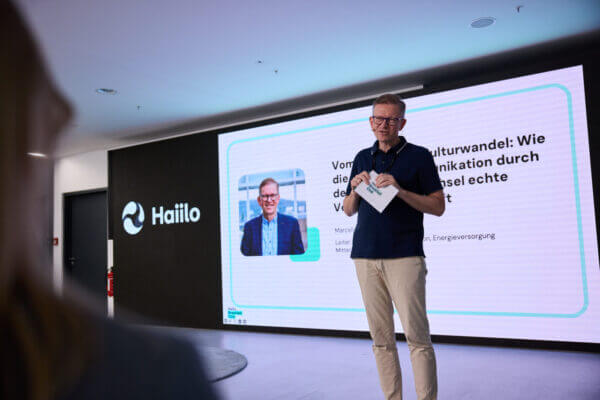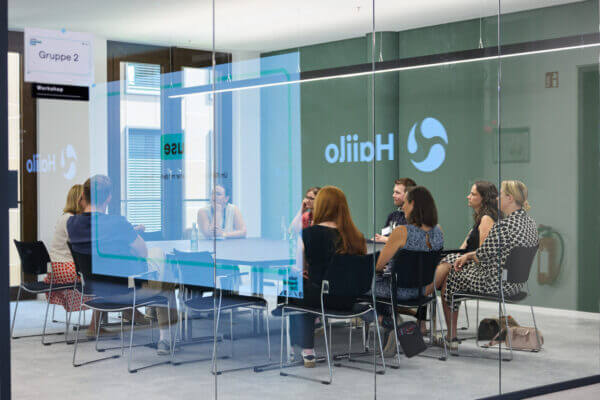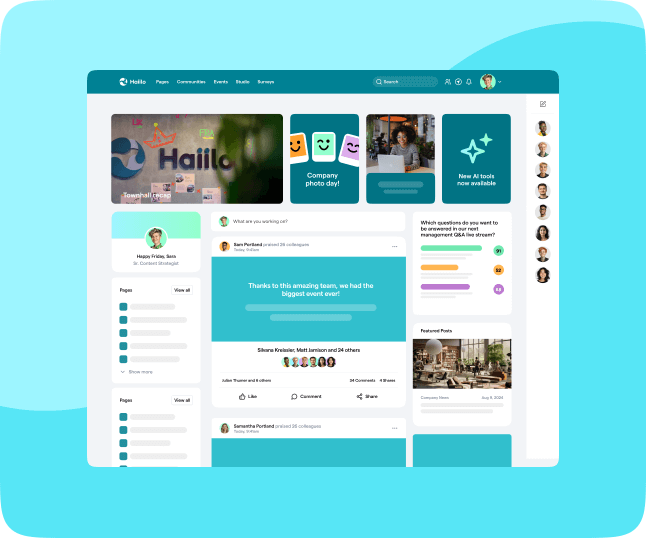Digital transformation was supposed to make work easier, faster, and more efficient. But for many, it’s done the opposite.
The very tools designed to streamline work have, in some instances, created new frustrations. Endless logins, fragmented systems, and scattered information leave employees feeling drained – a phenomenon we now know as digital fatigue.
Consider this: employees spend on average 1.8 hours a day just searching for information (McKinsey). That’s nearly 10 hours a week. And the problem is growing. In 2024, only 29% of organizations reported satisfaction with their digital tools, a sharp drop from 40% in 2022 (Reworked).
The decline highlights a critical challenge: it’s not enough to simply implement digital tools. To truly support the workforce, they must be thoughtfully designed, seamlessly integrated, and intuitively aligned with how people work. Otherwise, they’re just another source of stress in an already demanding workplace.
The question organizations must answer isn’t whether to embrace digital tools, it’s how to do so in a way that reduces complexity, boosts productivity, and empowers employees, rather than exhausting them.
The Fallout of Digital Fatigue
Imagine a mid-sized renewable energy company that prides itself on innovation. As part of its digital transformation strategy, the company rolls out multiple new tools to streamline operations across dispersed teams, from project management software to employee communication platforms.
At first, the changes seem promising. Teams embrace the tools enthusiastically, and leadership celebrates the increased digital adoption. But soon, cracks appear.
Employees find themselves juggling too many platforms that don’t integrate well. Engineers and administrative staff lose hours daily searching for information or navigating disconnected systems. Instead of simplifying work, the tools introduce new complexities.
Frustrated by the daily upheaval, top performers begin leaving for competitors with more supportive digital environments. The exodus leaves the remaining teams feeling strained. It tarnishes the company’s reputation and makes it harder to recruit new talent.
Poorly implemented digital tools don’t just impact workflows – they damage morale, trust, and retention. Without systems that are streamlined, user-friendly, and aligned with employee needs, you risk losing your best talent.
The Cost of Poor Digital Environments: The Hidden Toll
When digital environments are fragmented or poorly designed, the ramifications echo across the organization.
Consequences include:
- Wasted Time: Employees spend around 1.8 hours a day searching for information. That’s nearly 9 full work weeks lost per employee, per year. (McKinsey)
- Employee Frustration: Only 29% of organizations in 2024 were satisfied with their digital tools, down from 40% in 2022. (Gartner)
- Turnover and Retention Challenges: Employees overwhelmed by poor digital tools are 2x more likely to leave their jobs. (YaYa)
- Decreased Productivity: Poor communication caused by fragmented tools reduces productivity by 40%. (Grammarly)
- Reputational Damage: Negative experiences with digital tools lead to bad reviews – 55% say they would abandon a job application if they read negative reviews (CareerArc)
Organizations that fail to address these challenges risk falling behind in an increasingly competitive, increasingly digital landscape.
What a Good Digital Environment Looks Like
We know the consequences of a poor digital environment, but what does a good one actually look like?
Key indicators of a good digital environment include:
- Seamless Integration Across Tools
Integrated platforms reduce the need for constant switching to make workflows smoother - Intuitive, User-Centered Design
Simple interfaces and smart features allow employees to focus on work, not navigating tools - Centralized Information Access
A single hub with powerful search tools means employees can quickly find the resources they need - Real-Time Collaboration Tools
Shared workspaces and instant updates keep teams aligned, no matter where they are - Support for Learning and Growth
Built-in training hubs and personalized learning paths help to develop skills without leaving the workflow
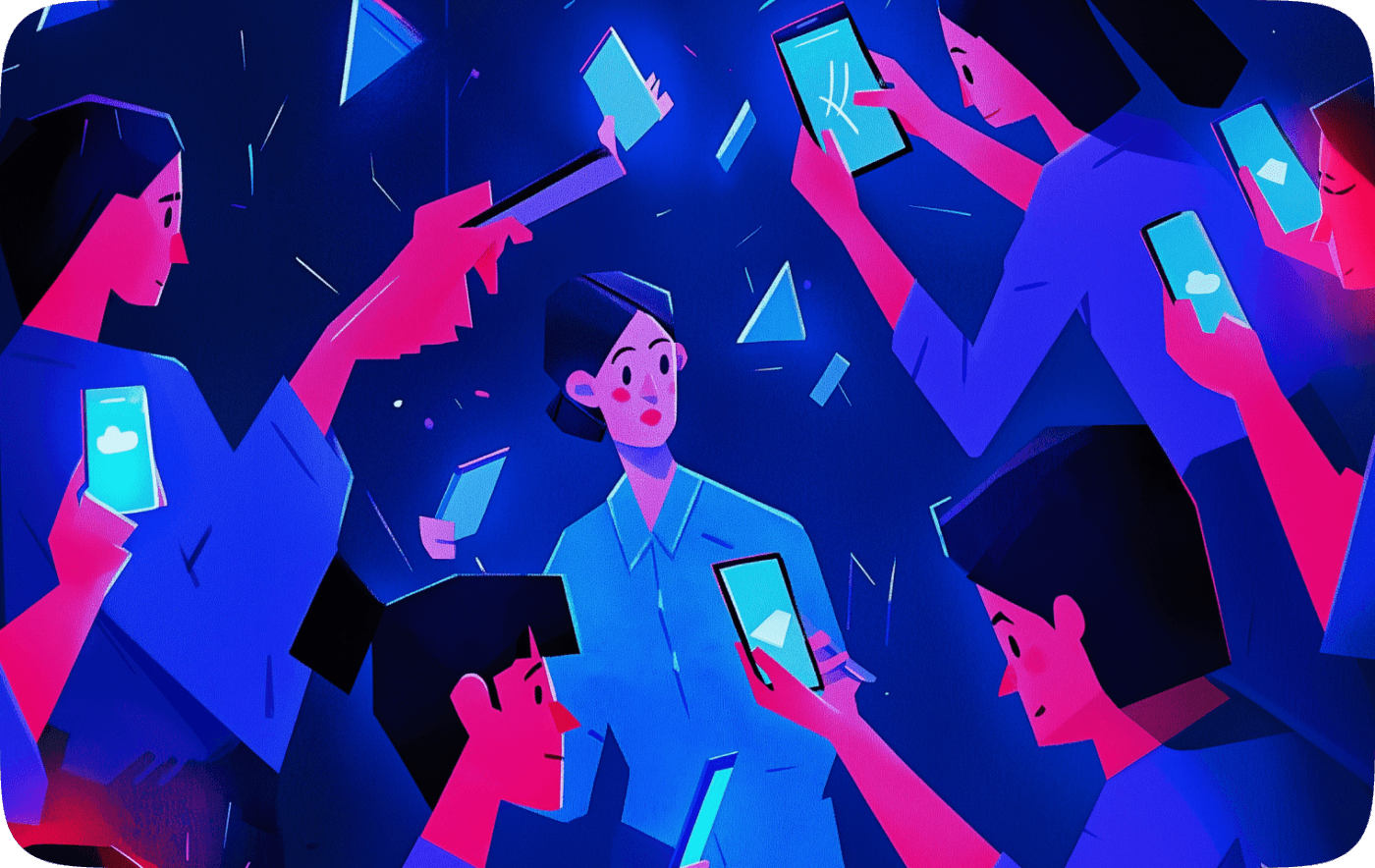
The Psychology of Digital Experiences: Designing for Connection and ClarityAs organizations grapple with digital fatigue, they must understand the psychology of how we interact with digital tools. Digital environments aren’t just systems, they’re experiences that shape behavior, mindset, and productivity. Visionaries like Don Norman, Nir Eyal, and Cal Newport have explored these ideas, offering insights into how we can create tools that empower rather than exhaust. 1. The Power of Simplicity (Don Norman) A good digital environment minimizes this friction by anticipating user behavior, providing clear navigation, and ensuring every interaction feels purposeful. 2. Designing for Focus and Engagement (Nir Eyal) Personalization is key: dashboards that surface relevant updates, targeted notifications, and role-specific resources keep employees focused on what matters most. Eyal’s principles remind us that tools must not only capture attention but do so in a way that respects employees’ time and priorities. 3. Reducing Digital Noise (Cal Newport) In the workplace, this translates into features like customizable notification settings, AI-driven search to deliver precise results, and “focus modes” that filter out non-essential updates. These elements create a digital environment that supports clarity and removes those unnecessary interruptions. 4. Building Human-Centric Systems 5. The Psychology of Achievement and Growth Moving Forward: Designing with IntentionDigital transformation isn’t just about adopting tools, it’s about understanding how those tools shape behavior. Thought leaders like Norman, Eyal, Newport, and others remind us that good design isn’t just functional, it’s human-centered, and the future of digital workplaces depends on embracing these principles to build systems that empower people to thrive. |
Why a Digital Environment Matters: The Numbers Don’t Lie
A well-designed digital environment can provide a real strategic advantage.
Here’s what the latest data says about the impact:
- Improved Productivity
Companies with effective digital tools see a 20-25% increase in productivity. (McKinsey) - Higher Engagement
Employees who feel supported by streamlined digital tools are 50% more engaged. (Gallup) - Reduced Turnover
69% of employees are more likely to stay with companies offering effective and accessible digital tools. (LinkedIn)
By investing in a cohesive and employee-friendly digital ecosystem, organizations can build workplaces where people thrive, innovate, and stay for the long haul.
Next steps
A thoughtfully designed intranet transforms how employees interact with digital tools to create a streamlined, balanced work environment.
Your roadmap looks something like this:
1. Streamline Tools and Workflows
A unified intranet consolidates communication, resources, and workflows into a single platform. By reducing the need for multiple tools, you minimize redundancy and frustration. With features like centralized document libraries, integrated project management, and real-time updates, employees can focus on meaningful work instead of navigating fragmented systems.
2. Personalize Content Delivery
Not all information is relevant to everyone, and bombarding employees with unnecessary updates only adds to fatigue. The right intranet uses personalized dashboards, targeted notifications, and content subscriptions to ensure employees only receive what’s relevant to their roles, teams, or projects.
3. Promote Work-Life Balance
Digital fatigue isn’t just about tools – it’s also about boundaries. A well-designed intranet supports work-life balance by encouraging healthy habits, like avoiding non-urgent notifications after hours. Features like scheduled updates or “do not disturb” options can help employees disconnect when needed.
4. Foster Transparency and Clarity
An intranet that clearly organizes information and communication reduces the ambiguity that often leads to frustration. Employees can easily find policies, updates, and key resources without wasting time or energy, improving confidence and reducing stress.
5. Encourage Collaboration Without Overload
With tools like discussion boards, shared workspaces, and team-specific updates, an intranet keeps collaboration focused. Instead of sifting through endless email threads, employees can engage in meaningful exchanges that support their work. It’s not just about working smarter – it’s about working happier.
Conclusion
The statistics paint a clear picture: fragmented tools, wasted time, and digital fatigue are holding organizations back. Yet, the solution isn’t to abandon digital tools, it’s to use them smarter.
A thoughtfully designed digital environment, led by an effective intranet, can streamline workflows, reduce complexity, and foster collaboration. By consolidating tools, tailoring content, and promoting work-life balance, organizations create systems that enhance efficiency while prioritizing employee well-being.
In a competitive landscape where talent and innovation drive success, the right digital ecosystem is a strategic necessity. Because the future of work depends on making digital transformation work for everyone.
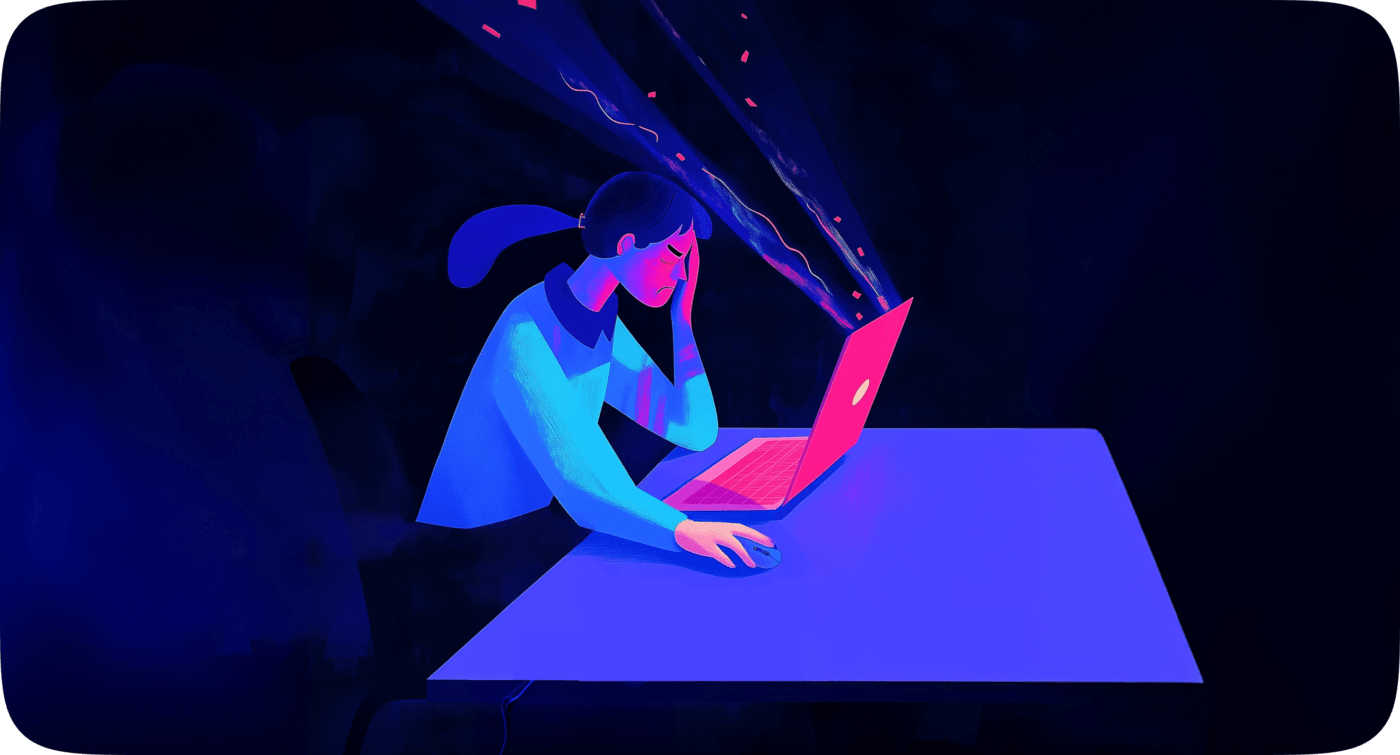
How can Haiilo help?
Digital tools were supposed to make work easier. Haiilo empowers HR teams to build a connected, motivated workforce through authentic communication and real-time insights.
We combine social intranet, communications, advocacy, employee listening, and actionable insights in one seamless experience.
- Create an environment where employees feel recognized and connected
- Make every employee feel valued with personalized, relevant updates
- Reduce tool fatigue with seamless integrations into your HR tech stack
- Gain real-time sentiment data to track engagement and well-being
The Haiilo impact:
- 67% better insights into employee needs
- 300% ROI through improved retention & productivity
- 21% higher profitability in engaged workplaces
Turn employee engagement into your competitive advantage.


